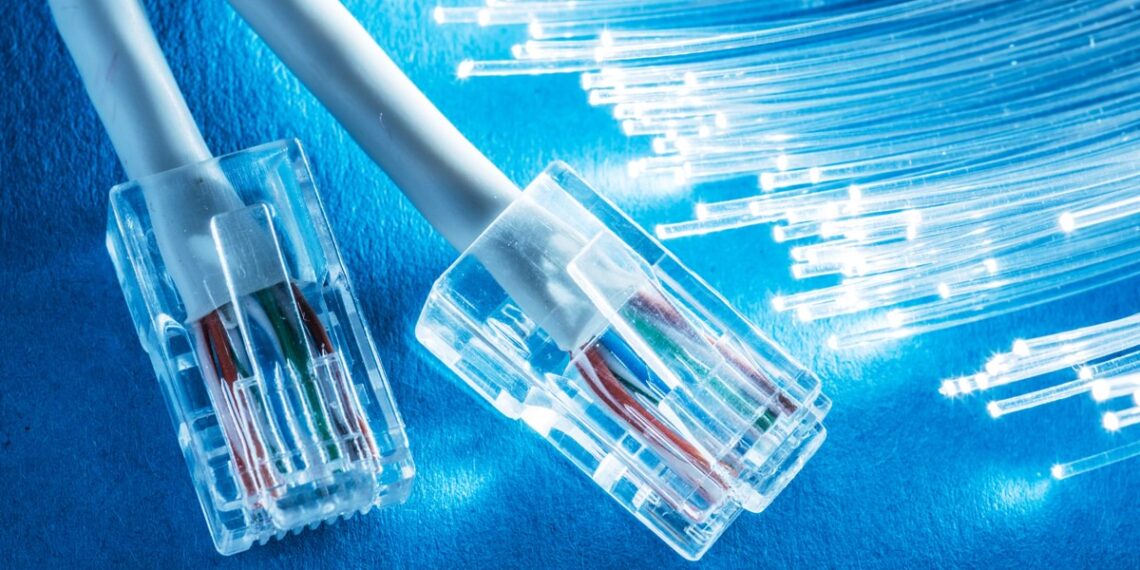Not less than 43% of the global population still does not use mobile internet, highlighting device affordability and digital skills as the main barriers, according to industry body the Global System for Mobile Communications Association (GSMA).
The GSMA stated in its State of Mobile Internet Connectivity 2024 report that this figure equates to 3.45 billion people.
Around 160 million people started using mobile internet for the first time in 2023, a similar level to 2022, but down from 2015-21, when 200 million users were added annually.
The report, funded by the UK Foreign, Commonwealth and Development Office (FCDO) and the Swedish International Development Cooperation Agency (Sida) via the GSMA Mobile for Development Foundation, highlighted barriers preventing people from accessing mobile services.
It called for collaboration between governments, mobile network operators, and international organisations to address these challenges.
In other metrics, the report revealed that 4.6 billion people are using mobile internet on their own devices, while 350 million people (4% of the population) live in remote areas without mobile networks.
More concerning, however, is that 3.1 billion people (39%) live within the coverage area of mobile networks but do not use the services.
The least connected region globally is sub-Saharan Africa, where only 27% of the population are using mobile internet services, leaving a 13% coverage gap and a 60% usage gap.
The GSMA stated that closing the usage gap (3.1 billion people) would contribute US$3.5 trillion to the global economy between 2023 and 2030, with 90% of this benefiting low and middle-income countries (LMICs).
The coverage gap is mainly found in poor, rural areas that are sparsely populated, often less developed, landlocked, or small island states. The GSMA estimated that US$418 billion in investment is needed to build the infrastructure required for universal mobile internet access.
Device affordability and digital skills are the main barriers to mobile internet access for the unconnected in LMICs. Mobile phones can cost up to 18% of the average monthly wage in these locations, rising to 51% for the poorest 20% of the population.
Sub-Saharan Africa accounts for a quarter of the global unconnected, with mobile phones costing as much as 99% of the average monthly income for the region’s poorest 20%.
The lack of digital skills is attributed to the absence of relevant, localised content and services, concerns over safety and security, and limited access to critical infrastructure such as electricity.
John Giusti, chief regulatory officer at the GSMA, said:
“Despite continued progress in expanding the reach of network infrastructure and increasing mobile internet adoption, significant digital divides remain.
“Collaboration among governments, international organisations, and the mobile industry is essential to addressing barriers such as affordability, digital skills, and awareness of the mobile internet and its benefits. This effort must also focus on investing in local digital ecosystems and ensuring robust online safety frameworks.”






